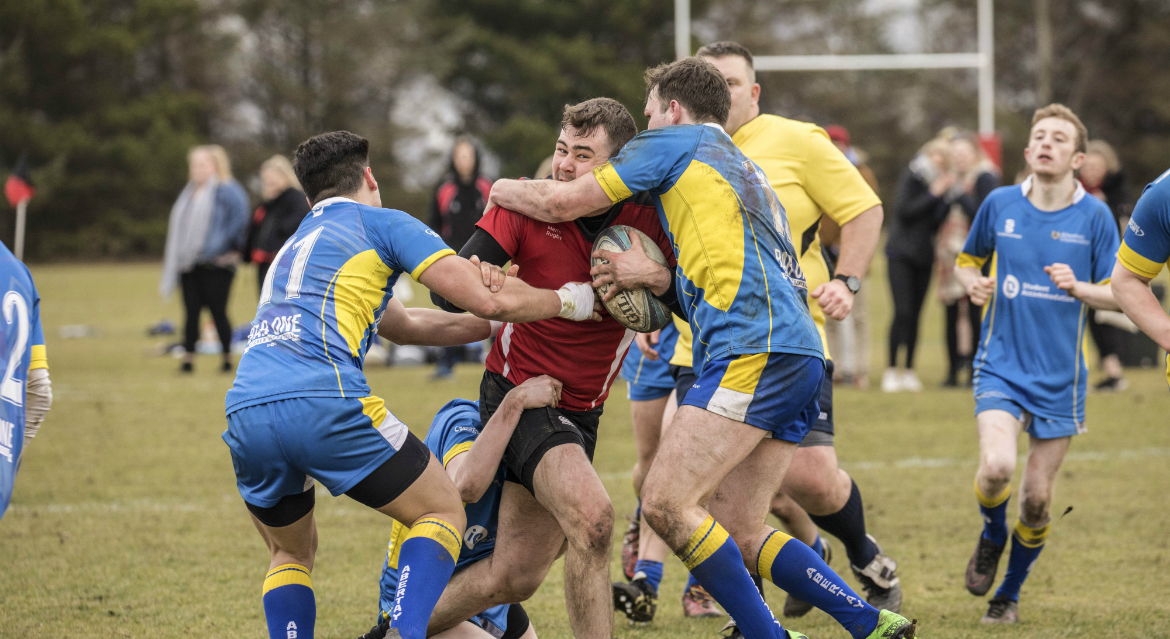Concussion study calls for mandatory head protection in rugby
Published On Tue 13 Nov 2018 by Jonathan Watson

Rugby players can almost halve the force transferred to their head during an impact by wearing protective headgear, a study by the University of Dundee in Scotland has revealed.
A team from the University’s Institute of Motion Analysis & Research (IMAR) has called for the wearing of headguards to become mandatory at all levels of the game after finding that some mainstream products mitigated impact levels on the head by up to 47%.
The findings, published by the BMJ, found that even the least effective device tested could make a significant difference in preventing head injuries, such as concussion.
Professor Rami Abboud, Director of IMAR, said that the study made a compelling case for players to be made to wear protective headgear at both amateur and professional grades.
He said, “The issue of head injuries in rugby, such as concussion, has become increasingly prevalent in recent years, with players often exposed to extreme forces, particularly at the professional level of the game.
“You cannot avoid injuries in contact sport and we are not saying that headgear would eradicate head injuries, but this research has shown just how significant a difference these products can make in helping to minimise the risk that rugby players face on the field.
“You don’t want to go as far as American Football with its hard helmets, which takes away from the essence of what rugby is, but there is a need for common sense to help minimise head injuries.
“These are relatively simple devices that can make a significant difference in protecting players, and yet some seem reluctant to wear them. If it became mandatory to wear these then the element of choice would be removed and further injuries could be prevented.”
Mid-priced (£24.99 - £42.00) products from seven manufacturers were selected for the trial, with the devices exposed to drop tests producing forces of more than 103 g, the closest acceleration to the upper limit of the proposed concussion threshold of 100 g.
While each of the tested devices demonstrated a significant decrease in the force placed on the head, Canterbury’s Ventilator was found to be the most effective, decreasing the impact force on average by 47%. The least effective of the headguards in the trial was the XBlades Elite, averaging a force reduction of 27%.
Final year Medicine student Erin Frizzell, the study’s lead author, said that she had been surprised at the effectiveness of all of the products tested.
“Across the range the effectiveness was greater than I thought it would be, though the difference of 20% protection between the best and worst performing was also an eye-opener,” she said.
“The regulations set by World Rugby on headgear are very strict. They can’t be over a certain thickness, the materials they are made of have to be under a certain density, and they are marketed as a means of preventing scrapes and abrasions, not concussion.
“While the best performing device that we tested was 47% effective, it would be interesting to see if we could improve protection levels further if these rules were relaxed.”
For media enquiries contact:
Jonathan Watson
Media Relations Officer
University of Dundee
Nethergate, Dundee, DD1 4HN
Tel: +44 (0)1382 381489
Email: j.s.watson@dundee.ac.uk